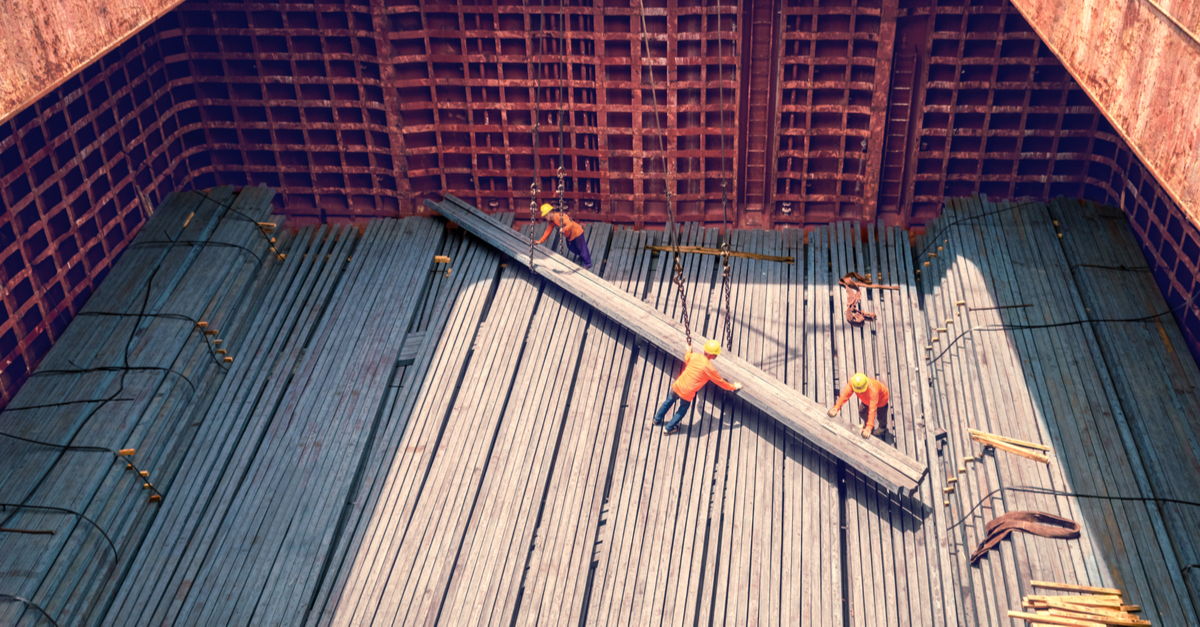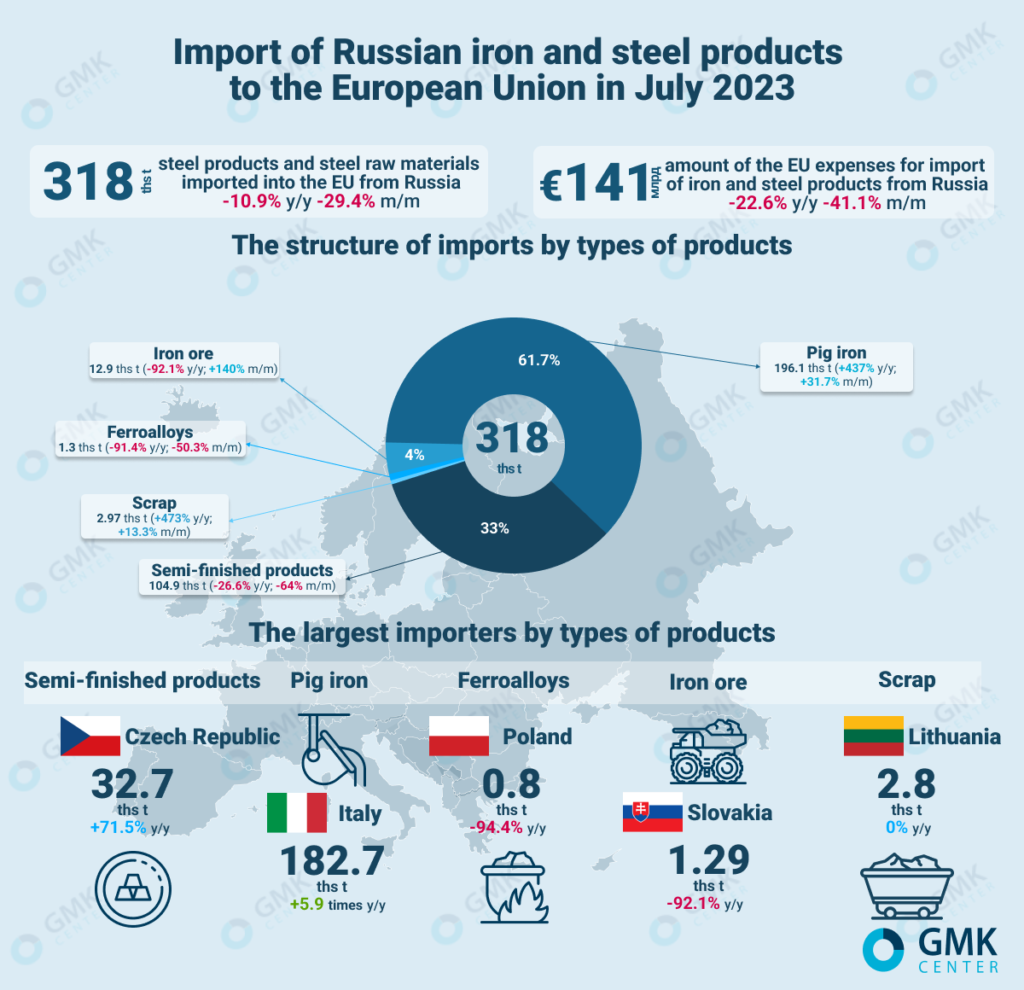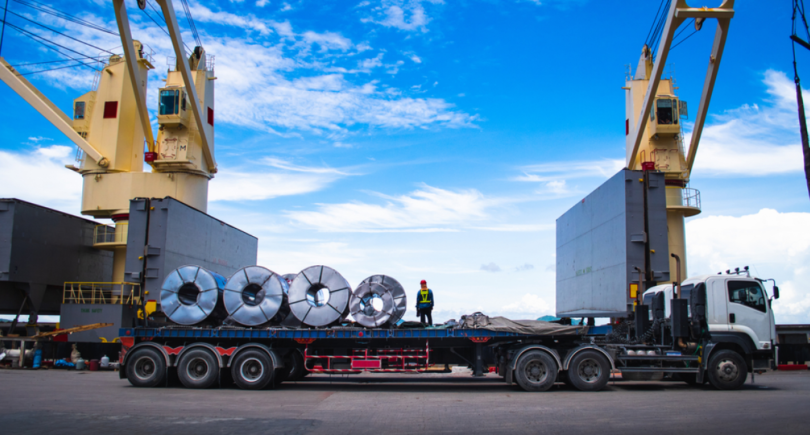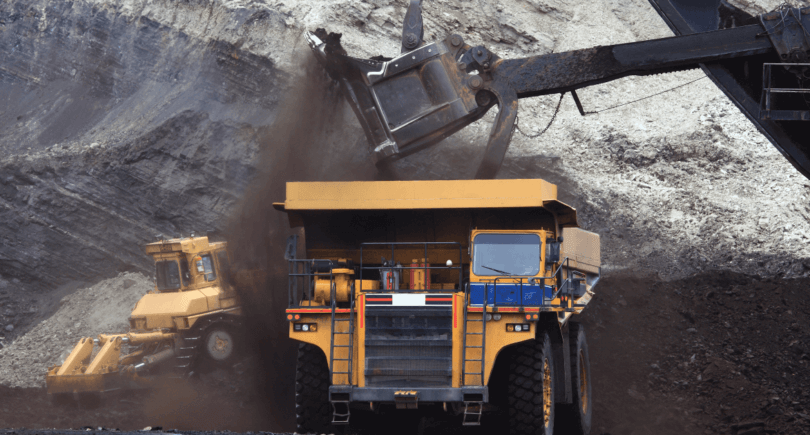
News Global Market EU 1413 21 September 2023
The main share of imports is pig iron – 61.7% of the total volume of supplies
In July 2023, the European Union reduced the import of iron and steel products from Russia by 29.4% compared to the previous month – to 318,100 tons. Compared to July 2022, the EU reduced the import of such products by 10.9%. This is evidenced by Eurostat’s data.
Expenses for the import of Russian products by European consumers for July amounted to €141.05 million, which is 41.1% less compared to June 2023 and 22.6% less until July 2022.
The main share of imports is pig iron – 61.7% of the total volume of supplies. Deliveries of such products from the Russian Federation to the European Union in July increased by 31.7% m/m, and by 5.4 times y/y – up to 196.1 thousand tons. Most of the pig iron produced in Russia was sent to Italy – 182.7 thousand tons.
Deliveries of iron ore from the Russian Federation to the EU in July increased by 2.4 times m/m and decreased by 92.1% y/y – to 12.9 thousand tons. Import of semi-finished products amounted to 104.9 thousand tons, which is 64% less m/m and 26.6% y/y, ferroalloys – 1.3 thousand tons (-50.3% m/m; -94.1% y/y), scrap – 2.97 thousand t (+13.3% m/m; +5.7 times y/y).
Among the main consumers of this Russian iron and steel production in July were:
- iron ore – Slovakia – 1.29 thousand tons (-92.1% y/y);
- pig iron – Italy – 182.7 thousand tons (+5.9 times y/y);
- ferroalloys – Poland – 0.8 thousand tons (-94.4% y/y);
- semi-finished products – Czech Republic – 32.67 thousand tons (+71.5% y/y);
- scrap – Lithuania – 2.8 thousand tons (not imported in July 2022).
In January-July 2023, the European Union reduced the import of steel raw materials from Russia by 44.8% compared to the same period in 2022 – to 3.24 million tons. Import costs decreased by 43.2% y/y – to €1.65 billion.
The import of semi-finished products decreased by 40.8% y/y – to 1.92 million tons, iron ore – by 84.9% y/y, to 322.7 thousand tons, ferroalloys – by 79.3% y/y, to 24.2 thousand tons , and scrap – by 73% y/y, to 20.44 thousand tons. The consumption of Russian pig iron increased by 25.3% y/y – to 952 thousand tons.

Despite the sanctions introduced against Russia, mining and steel complex of the Russian Federation continues to receive significant profits from the export of products to the European Union. Although the indicators have significantly decreased compared to 2022, in particular last year exports amounted to 7.92 million tons for €3.87 billion, deliveries still remain at a high level.
Despite the sanctions, Russia still has loopholes that allow it to export steel to EU countries. CEO of Metinvest Group Yuriy Ryzhenkov emphasized it in an interview with the Italian publication Corriere della Sera. On the one hand, the Russian steel industry found itself in a difficult situation in terms of market share. In October 2022, the EU introduced the eighth package of sanctions against Russia, including a ban on the supply of steel products to the EU. However, it provides for a two-year deferment for Russian producers regarding the supply of semi-finished products to the EU.
11 months after the start of the full-scale war in Ukraine, according to GMK Center’s research, a number of sanctions were imposed against Russian steel sector, which make it difficult to export. However, approaches to restrictions on the part of major economies differ. The US sanctions policy, for example, provides for minimal bans, but American buyers avoid products of Russian origin. The European Union left trade opportunities for raw materials from the Russian Federation and postponed restrictions on semi-finished products. Great Britain followed the path of introducing import duties.
Recently, through the 11th package of sanctions against Russian Federation, the EU tightened restrictions on the import of steel goods to the bloc. The new requirements will come into effect on September 30, 2023.




